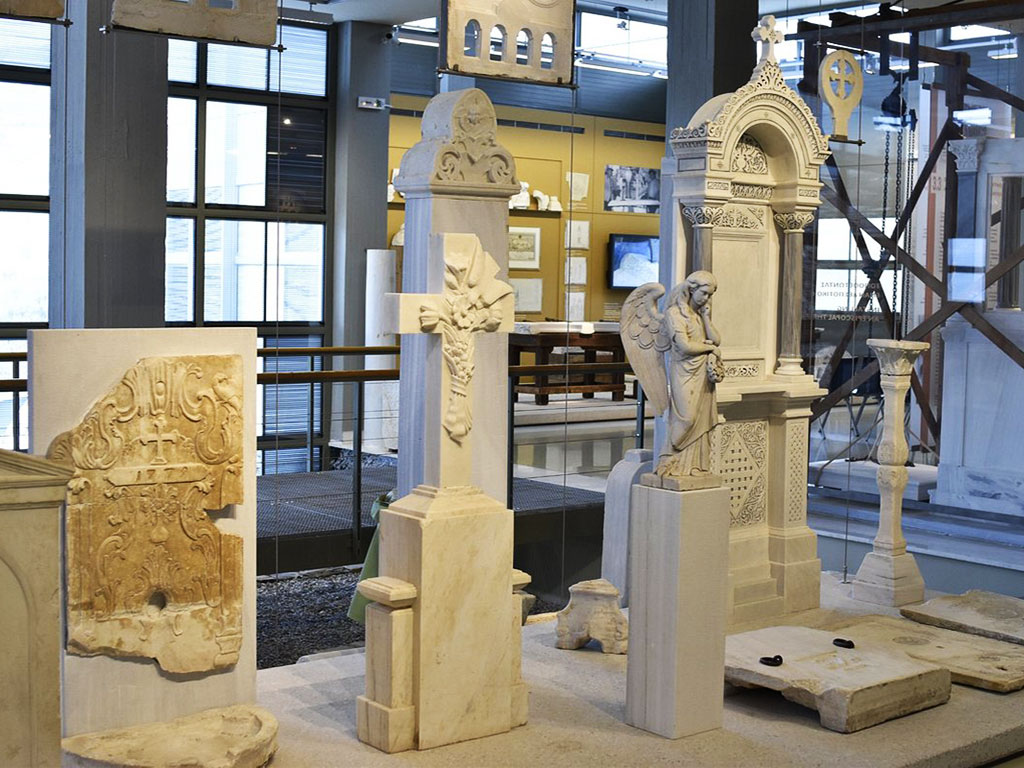As expected, the “Island of Artists” entails major architectural treasures. Approximately 1,000 “peristereones” (pigeon towers), over 750 churches and chapels, with grandiose steeples, benches and various “ornaments” sculptured from stone or marble, such as water fountains, skylights, blazons and other works, make Tinos a massive museum of traditional art and folklore.
It is also noted that nature has endowed the island with an abundance of materials produced by the land itself, such as green and white marble, schist, granite and rock – structural materials which are used in the local Aegean architecture.
At times imposing, at other times, serene and mysterious, the diverse landscape of Tinos is distinguished for its uniqueness in the whole of the Aegean. Wandering around the island leads to an alluring discovery of natural beauties, and is the ideal place for demanding visitors, who hope for an all-round holiday packet: breathtaking scenery, clear blue seas, alternative forms of tourism, nightlife, good food, peace and relaxation, archaeological and cultural interest.





